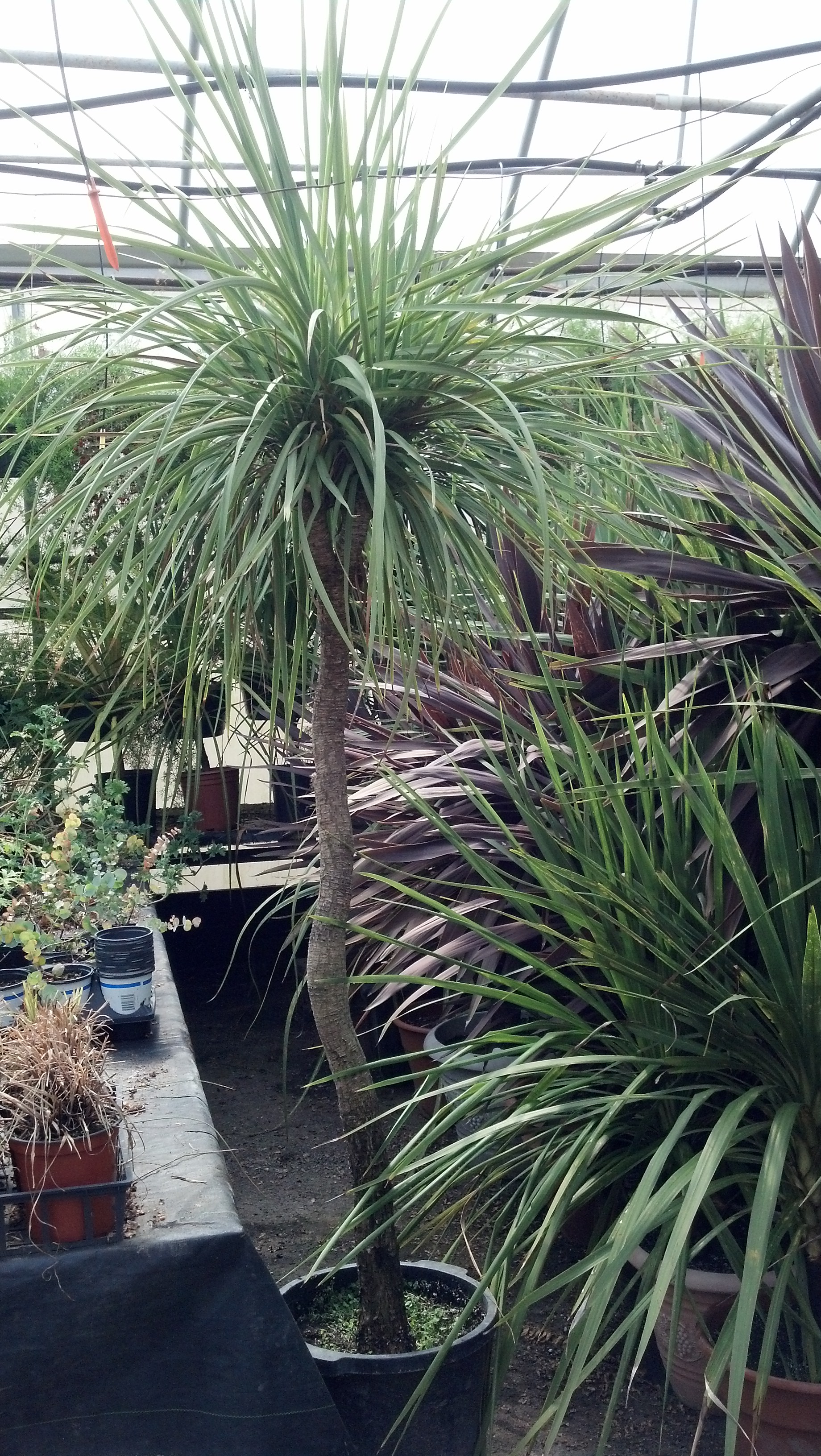 My last blog outlined some of the ways indoor plants create healthy environments. Beyond the soothing visuals and mental health support of care for living things, studies have found that purifying air, sharpening mental focus and boasting the healing process are some of the ways plants can keep us healthy. But what plant should you use for what purpose? And how many are needed to give you the actual health benefit?
My last blog outlined some of the ways indoor plants create healthy environments. Beyond the soothing visuals and mental health support of care for living things, studies have found that purifying air, sharpening mental focus and boasting the healing process are some of the ways plants can keep us healthy. But what plant should you use for what purpose? And how many are needed to give you the actual health benefit?
Of course we all don’t have the resources to enjoy the healthful environment of a greenhouse or the Victorian Arboretum so popular in the old homes throughout our region turn of the 20th century, I have this old New Yorker Magazine cover from the 1970s framed in my office depicting a gal dressed in her garden clothes sipping tea in her arboretum. That old magazine cover has always given me a smile. It was a “gotcha” moment for me when I discovered it and made it a part of my office as a reminder of how plants impact our overall well being.
Suffice it to say, one lonely plant in your work space will not give you the full health benefits. Research suggests to improve health, reduce fatigue and stress you should place one large plant (an 8 inch pot or larger) every 129 square feet. In the office or classroom space, make sure the plants are positioned so everyone has the benefits of the greenery in full view. This capitalizes on the role of the visual benefits in the environment.
To purify your indoor air, use 15-18 6 to 8 inch diameter potted plants for an 1,800 sq ft house. that is roughly one larger plant for every 100 square feet. It is suggested you can achieve similar results with 2 smaller plants in 4-5 inch pots. The overall square footage formula becomes a bit overwhelming. It appears more “sensible” to take it a “room at a time”. Take stock of the “rooms” you tend to spend the most time in. So number one on your list would be your bedroom. For me next in line is my home office!

Now, what plants provide what benefits to the room? Some of the most common houseplants to consider for air purification include: spider plant, dragon tree, English ivy, philodendron and snake plant. The Gerber daisy is said to release oxygen at night…so a good choice for bedrooms. As an indoor plant the Gerber is known to be a bit temperamental. Getting them to re bloom is often a challenge. The leaves after bloom offer an interesting visual and texture if you like that. The Boston ferns actually add humidity to the air…but need a bit more attention as they require daily misting so as not to dry out throughout the winter months. The Peace lily has the gift of removing mold from the air. So I placed mine in my bathroom.
Take a look at your indoor spaces and decide what configuration would best meet your needs. As with any houseplant, you need to match the right plant with the right growing conditions. (you might want to revisit my blog on indoor plants from winter of 2015) As always…”making common sense and sustainability a garden habit”



